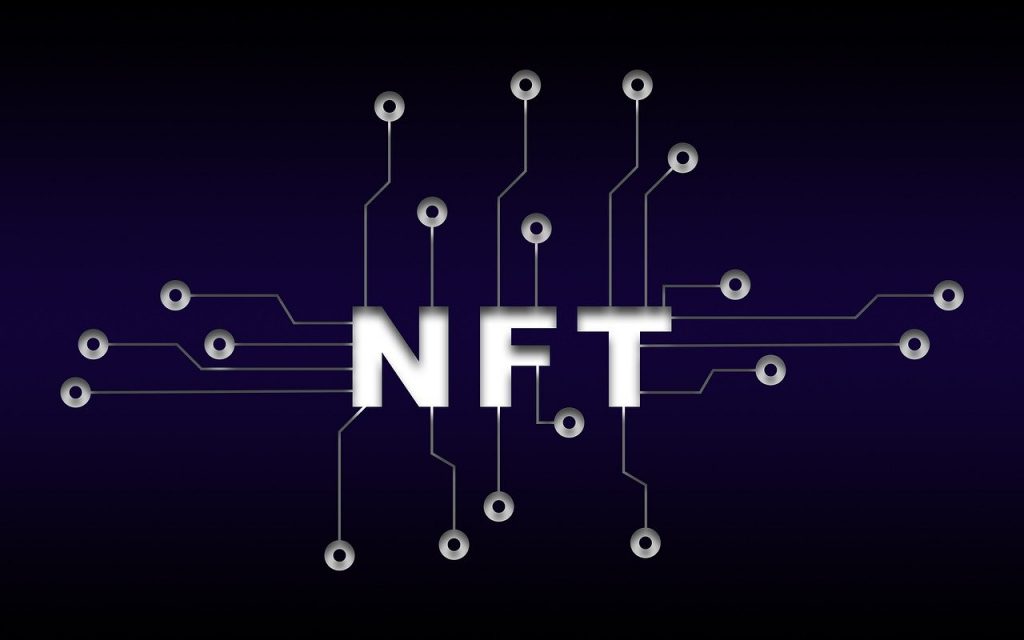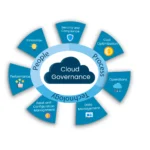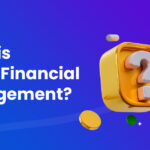NFTs are non fungible assets (NFTs) can be considered assets such as the work of art as well as digital content and video which are tokenized using blockchain. Tokens are unique codes of identification generated from metadata using an encryption feature. They are later placed on a Blockchain & the actual assets are stored elsewhere. The link between the asset and the token is what differentiates them.
They can be traded or converted into money cryptocurrencies as well as various other types of NFT.. All depends on what value the owners and market have put in their value. As an example you can make a smiley face out of an orange then take an image of the fruit (which contains metadata with it) then put it in a token using an electronic blockchain. Anyone who holds the keys for that private token is the owner of any rights youve assigned the token.
They are also tokens However the main differentiator is that two cryptocurrency on the same blockchain can be interoperable.. They are inexplicably fungible. Two NFTs on the same blockchain may appear similar however they are not interchangeable.
Key Points
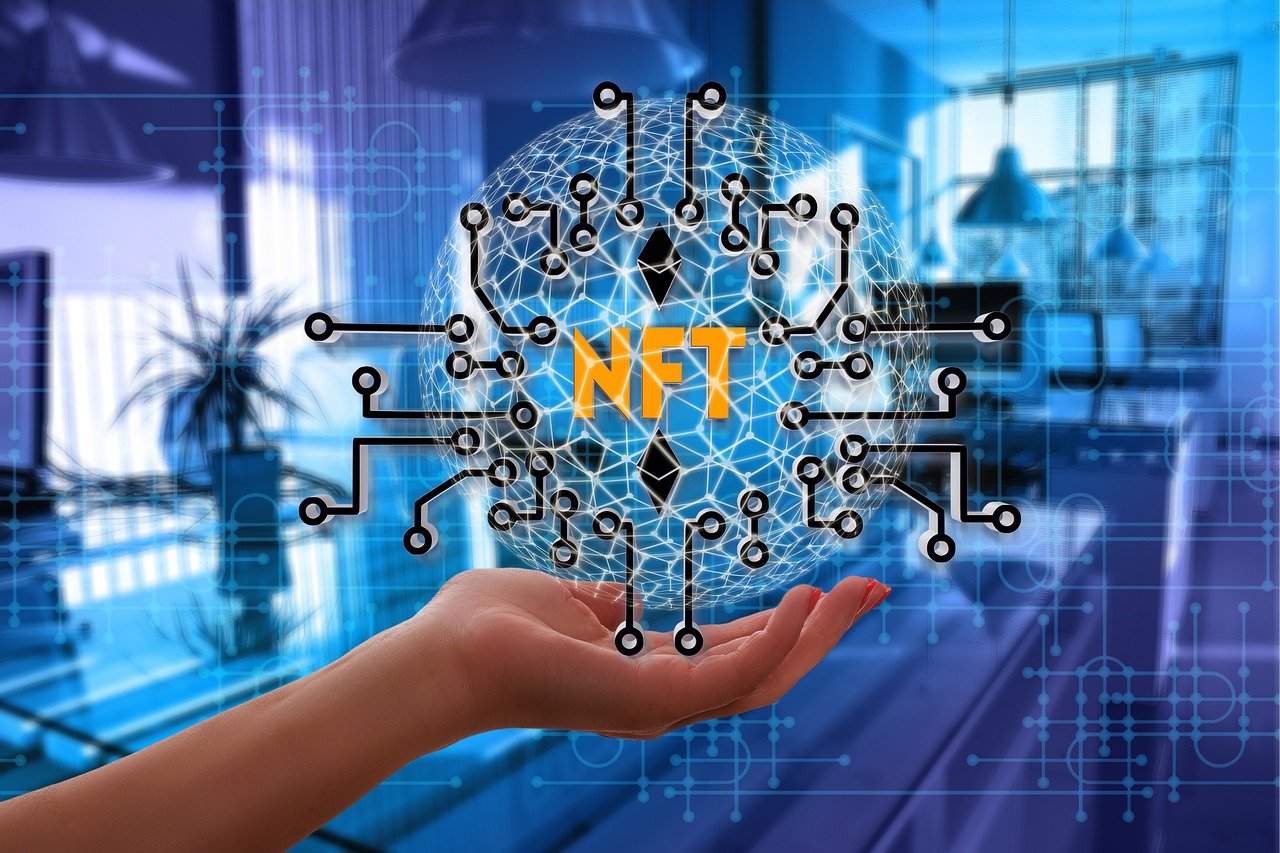
- The NFT (Non Fungible Tokens) are cryptographic tokens that are distinct which are stored on blockchains and are not able to be replicated.
- NFTs could represent items that are real or digital such as real estate and artwork.
- “Tokenizing” these real world tangible assets make purchasing and selling their operations more efficient while decreasing the chance of fraud.
- NFTs may represent peoples names property rights and much more.
- Investors and collectors initially looked into NFTs once the market began to become aware of them However their appeal is now waning.
History
NFTs have been in existence decades before they were popular within the popular culture. According to reports the first NFT that was sold in the market was “Quantum” designed and created by Kevin McKoy in 2014 on one blockchain (Namecoin) and then created by Ethereum and then sold in 2021.
NFTs are developed in line with the standards of ERC 721 (Ethereum Request for Comments #721) standard that defines how ownership transfer occurs and the methods used to verify transactions as well as how the software handles secure transfers (among other rules). The ERC 1155 standard ratified just six months following ERC 721 enhances ERC 721 by combining numerous Non Fungible Tokens in one single contract thus reducing expenses for transactions.
The first week of March in 2021 an assortment of NFTs from digital artist Beeple was sold at a price of more than $69 million. It set the precedent & set the record for the highest priced digital art that was sold in the year. It was a collage made up of the first 5000 working days.
How NFTs Work !
NFTs are generated by a procedure known as minting. In this process the assets information is encrypted before being saved in the blockchain. In the most basic sense it involves creating a brand new block NFT information being validated by a validator before the block is then closed. It is also common to see using smart contracts to determine the ownership of the block and control NFT transfer.
When tokens are created theyre assigned an identifier that is unique and directly tied to one blockchain account. Every token is owned by an individual as well as the information about ownership ( the address at which the token that was minted is located) is made public. In the event that 5000 NFTs from the exact same product are produced (similar as tickets for general admission for movies) Each token is assigned an unique identification number and is able to be distinguished from other tokens.
Different blockchains may produce NFTs However they may be referred to as something else. On the Bitcoin blockchain theyre classified as Ordinals. As with the Ethereum based NFT one a Bitcoin Ordinal can be purchased or sold and traded. Its difference is that Ethereum produces tokens to be used with the commodity whereas Ordinals come with serial numbers (called identifiers) which are assigned to the satoshi.. It is the smaller bitcoin currency.
Blockchain and Fungibility
As with physical currency that is cryptocurrency are typically finite in a financial sense and can be exchanged or traded in exchange for other. In other words that the value of one bitcoin will always be equal in the value of another bitcoin in an exchange. This is like how each dollar bill issued by the U.S. money comes with an implied value in exchange of $1. The fungibility feature makes cryptocurrency appropriate as a safe method of exchange in the modern economy.
Because of this NFTs change the way crypto is thought of in that each token is unique and indestructible which makes it impossible for a not transferable token to become “equal” to another. They represent digital versions of the assets they represent and are described as digital passports since each token is unique and non transferable identity that differentiates them from other tokens. Additionally they are extensible. that is you are able to combine an NFT with another in order to make an extra distinct NFT.. The crypto industry has referred to this as “breeding.”
Examples of NFTs

One of the most renowned application of NFTs is with cryptokitties. They were launched in November 2017 cryptokitties represent digital versions of cats that have distinctive identification numbers on Ethereums blockchain. Each cat is unique and comes with a unique price. The cats “reproduce” among themselves and generate offspring of different characteristics and values when compared with the values of their “parents.”
In just a couple of weeks following their initial launch cryptocurrency kitties have built up a loyal fan base who spent millions of ether to buy feed and take care of the animals.
A large portion of the industry for NFTs was focused on artwork or collectibles however it has grown into a lot more. Like for instance the well known NFT marketplace OpenSea includes a number of NFT categories.
- Photography: Photographers are able to mark their work as a token and provide either a complete or partial ownership. As an example OpenSea user erubes1 has an “Ocean Intersection” collection of stunning ocean and surfing images that includes a variety of owners and sales.
- Digital Sports: Collections of works based upon celebrities and sports stars.
- Trading cards: Tokenized digital trading cards. They are often collectibles and others are used in video games.
- Utility NFTs which can be used to signify the membership of a company or grant benefits.
- Virtual reality: Virtual worlds NFTs provide you with ownership rights to everything from avatar wearables to digital assets.
- Art is a broad category of NFTs which covers anything from pixels through abstract artwork.
- Collectors Items: Bored Ape Yacht Club Crypto Punks & Pudgy Panda are some examples of NFTs that fall into this category.
- Domain names are NFTs indicate ownership of domain names that you use for your website(s)
- Music: Artists are able to create tokens for their work which gives purchasers the rights that the artist wishes to grant them.
Benefits of NFTs
One of the main benefits for NFTs is their market efficiency. A physical asset that is tokenized could streamline sales processes and eliminate intermediaries. NFTs that are digital or physical art works on blockchains could remove the need for intermediaries and enable sellers to communicate directly to their intended audiences (assuming that the artists are able to store their NFTs in a secure manner).
Investing
They can also be utilized to simplify the process of investing. As an example the consulting firm Ernst & Young developed an NFT solution to one of its investors in fine wines.. By storing wines in a safe environment as well as with NFTs to safeguard the provenance.
Real property could also be tokenized.. The property may be divided into numerous sections that each have distinct particulars. As an example one section could be located on the shores of a lake and another one is close to the woodland. Based on the features of the land the land may be distinctive with a different price as well as identified by an NFT. Real estate transactions which are extremely complicated and bureaucratic can be made simpler through the incorporation of relevant metadata into an unique NFT that is only associated with that part that is part of the land.
NFTs could represent ownership within businesses similar to stocks.. In fact Stock ownership can be monitored through ledgers which include data such as the shareholders name the date of issue the certificate number and the amount of shares. Blockchains are an encrypted and distributed ledger. So it issuing NFTs as shares is the same like issuing shares. The major benefit of together NFTs as well as blockchain in lieu of stock ledgers is that smart contracts could facilitate ownership transfer.. When the NFT shares are sold and the blockchain is sold it can handle the rest of the transaction.
Security
The Non Fungible Tokens can be beneficial in securing identity. As an example the personal data that is stored in an immutable blockchain cant be stolen read or accessed by anybody without keys.
NFTs are also an opportunity to make investing more accessible through the fractionalization of physical assets. The tokenization of fractional ownership can expand to other different assets. As an example a painting doesnt have to be limited to only one person who owns it.. tokenization permits different individuals to buy part of the painting and transfer the ownership of a portion of the paintings physical value to the owners.
Concerns About Non Fungible Tokens
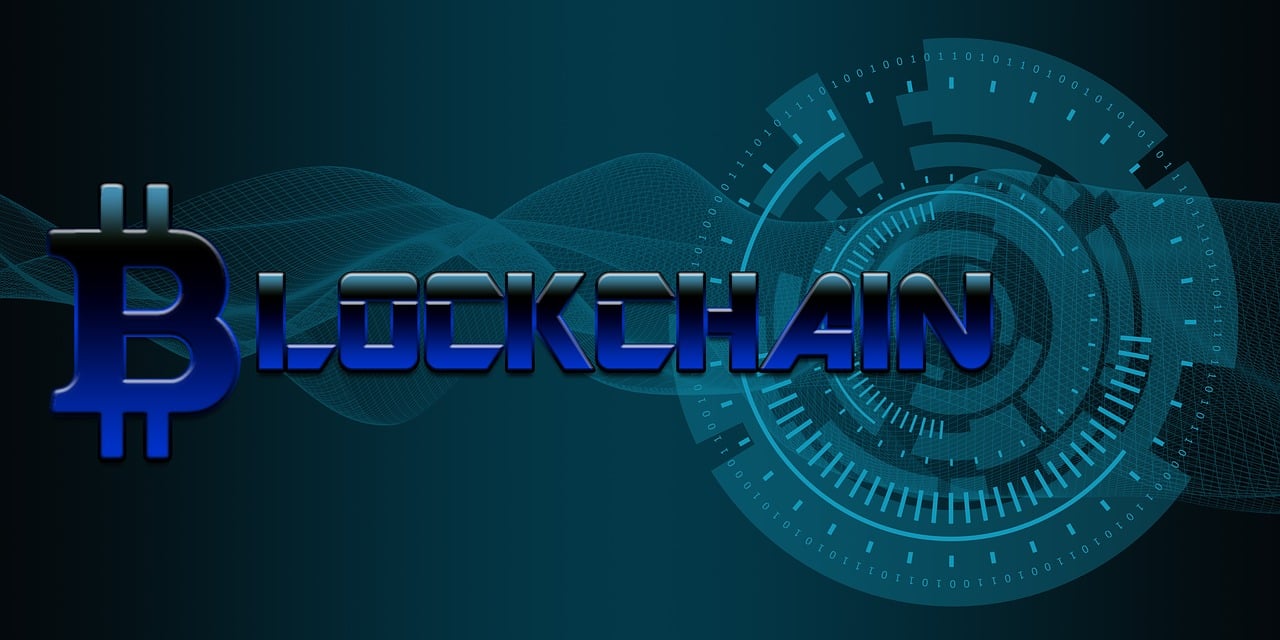
Although there are many benefits to creators owners investors & any other individuals interested However there are some concerns to be aware of should you be considering investing in creating NFTs.
It is the token that represents ownership using the hashing of metadata and key pairs created in your bank account. Video image music image or any other digital item is able to be used to copy and distribute without permission together diverse methods. Its easy to copy a picture when you right click it before saving the image. Anyone who copies an image to create a digital token can be accused of pirating it since it has been established as the owner. It is however the responsibility of the owner to track down and bring charges against all the individuals who could be involved in this.
They are also restricted in their ability to be traded. They have a certain audience of buyers or collectors because theyre more precise than cryptocurrency. If you are holding an NFT that you dont would like it could be hard to locate buyers for it if the sort of money is no longer in demand.
How Does NFT Make Money?
The value of it is that the NFT signifies. If its tokenized real property the NFT will be exchanged to pay for the value of the property that if the property has increased in value could result in an income for the owner. If the NFT represented the hat of a monkey the value would be based on the specific tokens value. If the price of its token had an boost since it was bought the seller could gain profits.
What Is the Point of Having NFTs?
These tokens are not fungible and can be useful for the right individual. If they are a source of investment the tokens could increase in the value. If they are an individual who is a collector they could simply be an item they would like to keep. Some people may only wish to have it for their own while someone else might see it as memorabilia of an event they cherish.
What Is the Meaning of NFT?
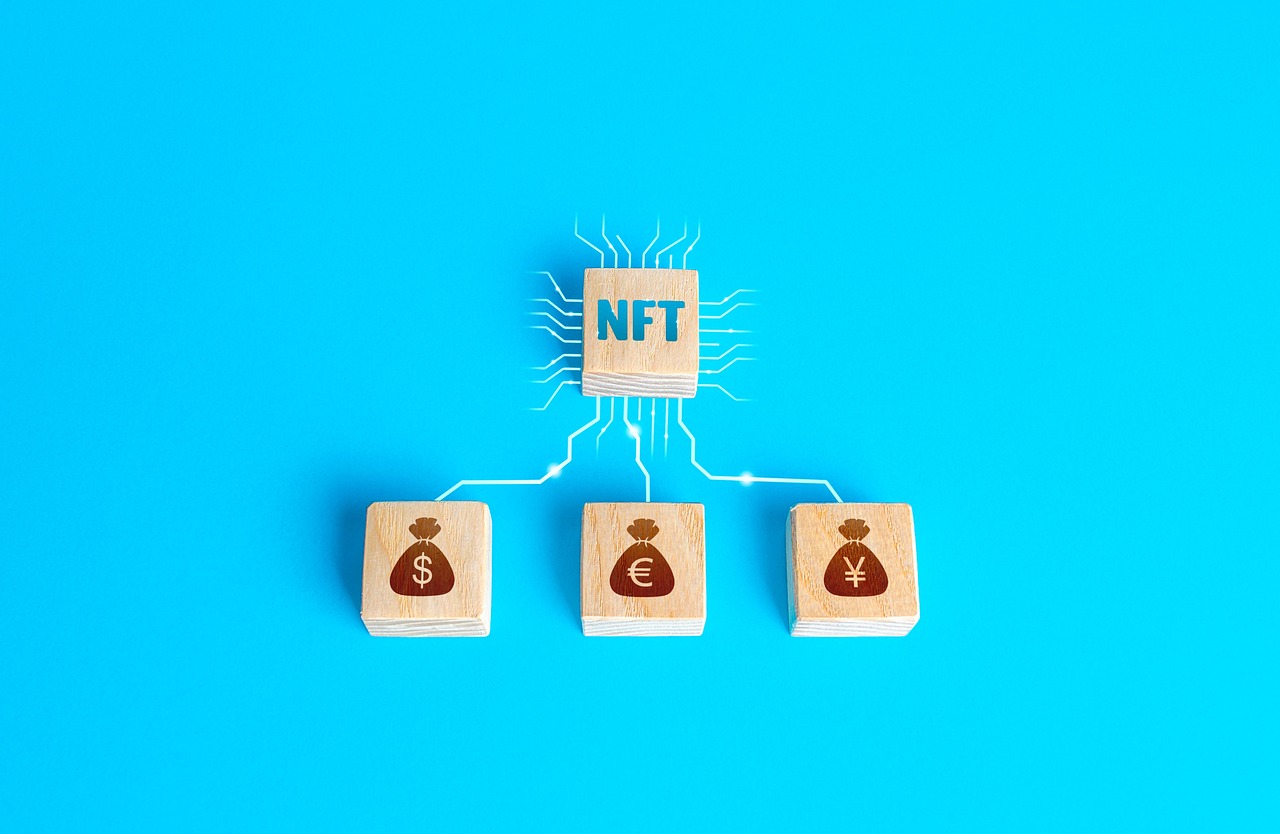
A Non Fungible Token (NFT) is the reverse of a token that is fungible that is the term used to describe possibility of interchangeability for a token. As an example suppose there were three notes that had identical smiley faces drawn onto their faces. If you tokenize one of the notes it becomes different from the rest.. Its not fungible. Two notes can be compared which means they are able to be used in place of the previous note.
What Is the Concept Behind NFTs?
The concept for NFTs is to develop tokens to represent ownership. They could be any thing from an image to the partial ownership of a spacecraft that is interstellar. As a matter of fact as theyre made with the blockchain technology theyre immutable as well as secure. They dont need the involvement of other parties.
Non Fungible Tokens are a development of the cryptocurrency idea. Modern finance systems comprise advanced lending and trading platforms with different types of assets including real estate loans to artwork. With the ability to digitally represent the assets they represent NFTs can be an important step towards reinventing this technology.
Sure the concept that digital representations can be used to represent physical assets isnt new and neither is the concept of a unique identity. When these concepts are coupled with the benefits of a secure tamper resistant Blockchain with the use of smart contracts and automated processes these concepts become an effective power for transformation.
